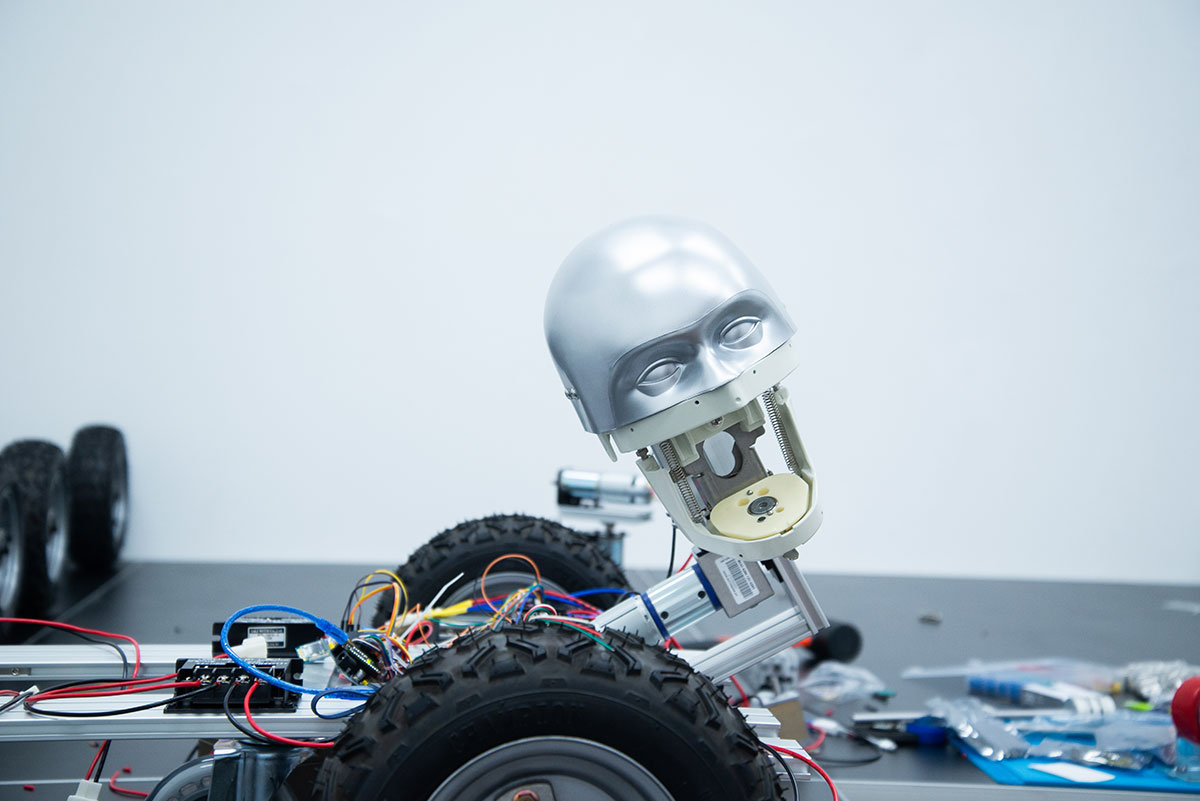BIENNALS: 59th Biennale di Venezia-The Milk Of Dreams
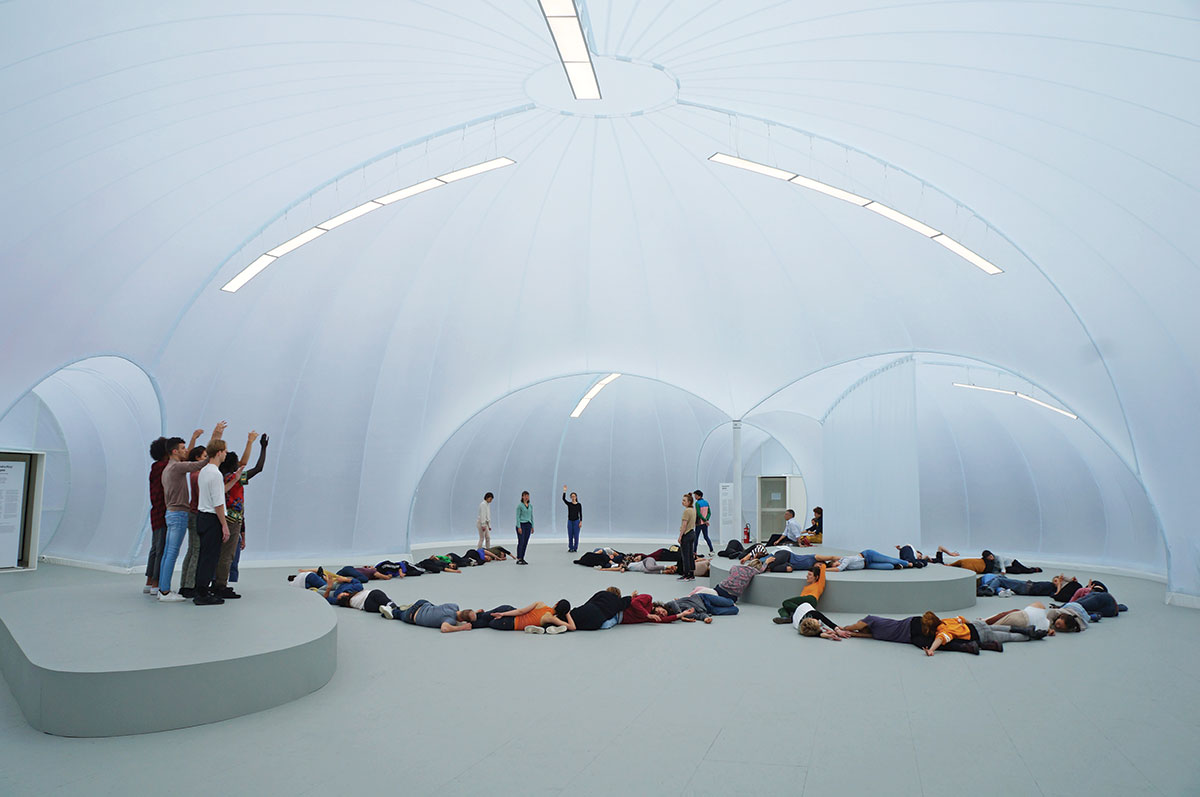 The 59th International Art Exhibition of La Biennale di Venezia, titled “The Milk of Dreams”, will take place in the Central Pavilion (Giardini) and in the Arsenale, including 213 artists from 58 countries; 180 of these are participating for the first time. 1,433 the works and objects on display, 80 new projects are conceived specifically for the Biennale. The exhibition takes its title from a book by Leonora Carrington, in which the Surrealist artist describes a magical world where life is constantly re-envisioned through the prism of the imagination (Part I).
The 59th International Art Exhibition of La Biennale di Venezia, titled “The Milk of Dreams”, will take place in the Central Pavilion (Giardini) and in the Arsenale, including 213 artists from 58 countries; 180 of these are participating for the first time. 1,433 the works and objects on display, 80 new projects are conceived specifically for the Biennale. The exhibition takes its title from a book by Leonora Carrington, in which the Surrealist artist describes a magical world where life is constantly re-envisioned through the prism of the imagination (Part I).
By Efi Michalarou
Photo: Venice Biennal Archive
The exhibition unfolds in the Central Pavilion of the Giardini, and in the Corderie, Artiglierie, and the outdoor spaces of the Gaggiandre and Giardino delle Vergini at the Arsenale complex. “The Milk of Dreams” includes over two hundred artists from 58 countries. More than 180 of these artists have never been in the International Art Exhibition until now. For the first time in its 127-year history, the Biennale will include a majority of women and gender non-conforming artists, a choice that reflects an international art scene full of creative ferment and a deliberate rethinking of man’s centrality in the history of art and contemporary culture. The fulcrum of “The Milk of Dreams” is a gallery on the lower level of the Central Pavilion where the first of the five capsules features a collection of artworks by women artists of the historical avant-garde movements, including, among others, Eileen Agar, Leonora Carrington, Claude Cahun, Leonor Fini, Ithell Colquhoun, Loïs Mailou Jones, Carol Rama, Augusta Savage, Dorothea Tanning, and Remedios Varo. The works of these and other women artists of the early 20th century – shown in an ensemble inspired by Surrealist exhibitions – summon up a domain of the marvellous where anatomies and identities can shift and change, following the desire for transformation and emancipation. Many of the same lines of thought return in the work of contemporary artists on view in the other galleries of the Central Pavilion. The mutant bodies convoked by Aneta Grzeszykowska, Julia Phillips, Ovartaci, Christina Quarles, Shuvinai Ashoona, Sara Enrico, Birgit Jürgenssen, and Andra Ursuţa suggest new mergers of the organic and the artificial, whether as a means of self-reinvention or as a disquieting foretaste of an increasingly dehumanised future. The ties between human being and machine are analysed in many of the works on view, as in those by Agnes Denes, Lillian Schwartz, and Ulla Wiggen, for instance, or the screen-like surfaces by Dadamaino, Laura Grisi, and Grazia Varisco, collected in a second historical presentation that explores Programmed Art and kinetic abstraction in the 1960s. The bonds between body and language are at the heart of another capsule inspired by Materializzazione del linguaggio, a showcase of Visual and Concrete Poetry at Biennale Arte 1978 that was one of the first openly feminist exhibitions in the institution’s history. Visual and concrete poems by Mirella Bentivoglio, Tomaso Binga, Ilse Garnier, Giovanna Sandri, and Mary Ellen Solt are juxtaposed here with experiments in automatic writing and mediumistic communication by Eusapia Palladino, Georgiana Houghton, and Josefa Tolrà, and other forms of “feminine writing” that range from Gisèle Prassinos’s tapestries to Unica Zürn’s micrographies. Signs, symbols, and private languages also crop up in the work of contemporary artists such as Bronwyn Katz, Sable Elyse Smith, Amy Sillman, and Charline von Heyl, while Jacqueline Humphries’ typographic paintings are juxtaposed with Carla Accardi’s graphemes and with the machine code that informs the art of Charlotte Johannesson, Vera Molnár, and Rosemarie Trockel. The exhibition at the Arsenale opens with the work of Belkis Ayón, an artist whose work draws on Afro-Cuban traditions to describe an imaginary matriarchal society. The rediscovery of art’s myth-making potential can also be seen in Ficre Ghebreyesus’ large-scale paintings and Portia Zvavahera’s hallucinatory visions, as well as in the allegorical compositions by Frantz Zéphirin and Thao Nguyen Phan that blend histories, dreams, and religions. Drawing on indigenous knowledge and subverting colonialist stereotypes, Argentine artist Gabriel Chaile presents a new series of monumental sculptures, made from unfired clay, which tower like the idols of a fanciful Mesoamerican culture. Many artists in the exhibition imagine complex new relationships with the planet and with nature, suggesting unprecedented ways to coexist with other species and with the environment. Eglė Budvytytė’s video tells the story of a group of young people lost in the forests of Lithuania, while the characters in a new video by Zheng Bo live in total – even sexual – communion with nature. A similar sense of wonder can be found in the snowy scenes embroidered by Sámi artist Britta Marakatt-Labba, and ancient traditions also overlap with new forms of ecological activism in works by Sheroanawe Hakihiiwe and in Jaider Esbell’s dreamlike compositions. The Corderie starts off with another time capsule, in this case inspired by sci-fi author Ursula K. Le Guin and her theory of fiction, which links the birth of civilisation not to the invention of weapons, but to tools used for providing sustenance and care: bags, sacks, and vessels. In this section, ovoid carapaces by Surrealist artist Bridget Tichenor are juxtaposed with Maria Bartuszová’s plaster sculptures, Ruth Asawa’s hanging sculptures, and Tecla Tofano’s hybrid creatures. These works from the past live side-by-side with Magdalene Odundo’s anthropomorphic vases and Pinaree Sanpitak’s concave forms, while video artist Saodat Ismailova surveys underground isolation cells that serve as places of refuge and meditation. Colombian artist Delcy Morelos, whose works are inspired by Andean cosmologies and the cultures of the Amazon, presents a large-scale installation featuring a maze built out of earth. Many other artists in the show combine political and social approaches with an investigation of local traditions, as in Prabhakar Pachpute’s large-scale paintings of the environmental devastation caused by the mining industry in India, or Ali Cherri’s video about the dams of the Nile. Igshaan Adams grounds his abstract textile compositions in themes ranging from apartheid to gender conditions in South Africa, whereas Ibrahim El-Salahi conveys his experience of illness and his relationship with the pharmaceutical world through a meditative practice of meticulous daily drawings. The final section at the Corderie is introduced by the fifth and last time capsule, revolving around the figure of the cyborg. This presentation brings together artists working over the course of the 20th century who imagined new fusions of the human and the artificial, as harbingers of a posthuman, postgender future. This capsule includes artworks, artefacts, and documents from early 20th-century artists such as the Dadaist Elsa von Freytag-Loringhoven, Bauhaus photographers Marianne Brandt and Karla Grosch, and Futurists Alexandra Exter, Giannina Censi, and Regina. Here, Anu Põder’s delicate sculptures portray fragmented bodies that stand in contrast with Louise Nevelson’s monoliths, Liliane Lijn’s totems, Rebecca Horn’s machines, and Kiki Kogelnik’s robots.
Photo: Alexandra Pirici, Aggregate, 2017–2019. Photo Andrei Dinu. Courtesy the Artist. © Alexandra Pirici
Info: Curator: Cecilia Alemani, 59th Biennale di Venezia, Giardini and Arsenale, Venice, Italy, Duration: 23/4-27/11/2022. Days & Hours: Tue-Sun 11:00-19:00 (23/4-27/4/2022) & 10:00-18:00 (27/9-27/11/2022), Admission: Full price € 25, Reduced price € 20 (over 65, Venice residents, Students and/or Under 26 € 16, Groups: Adults € 18/ University-Students € 15/ Secondary School Students € 10, www.labiennale.org

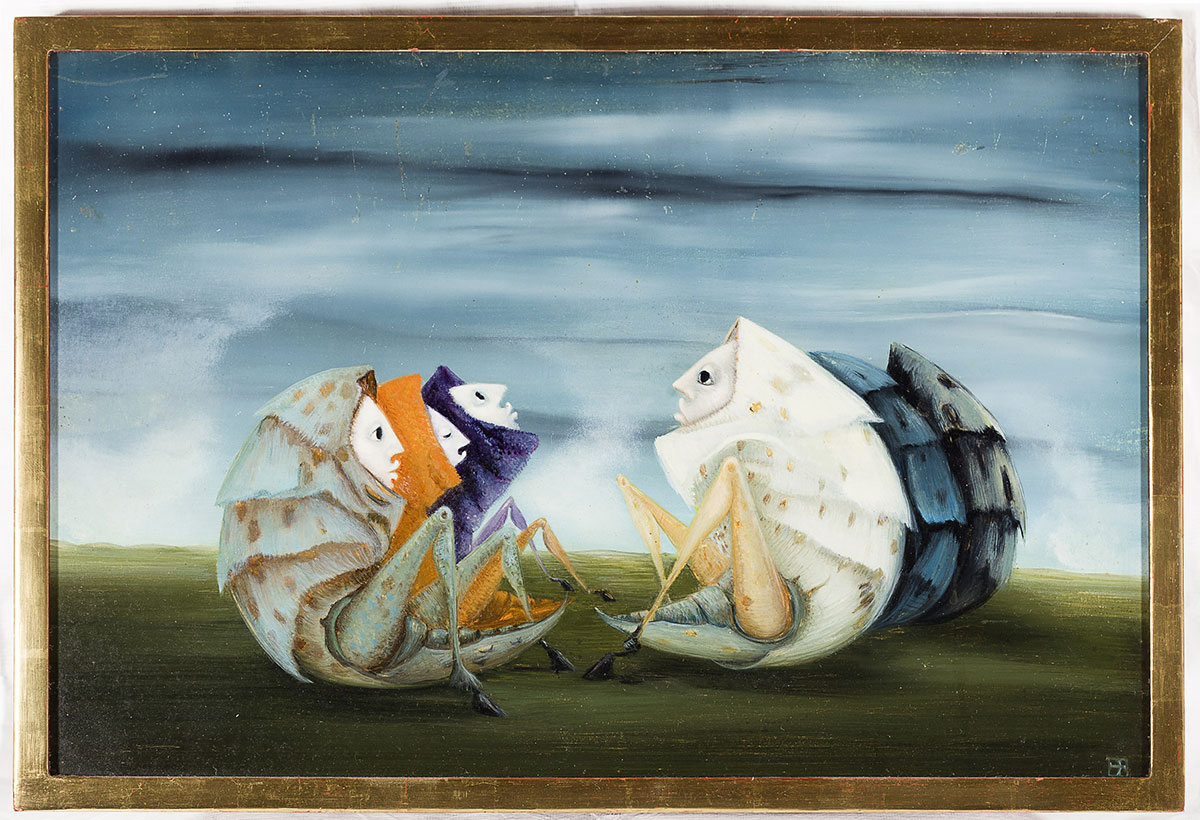
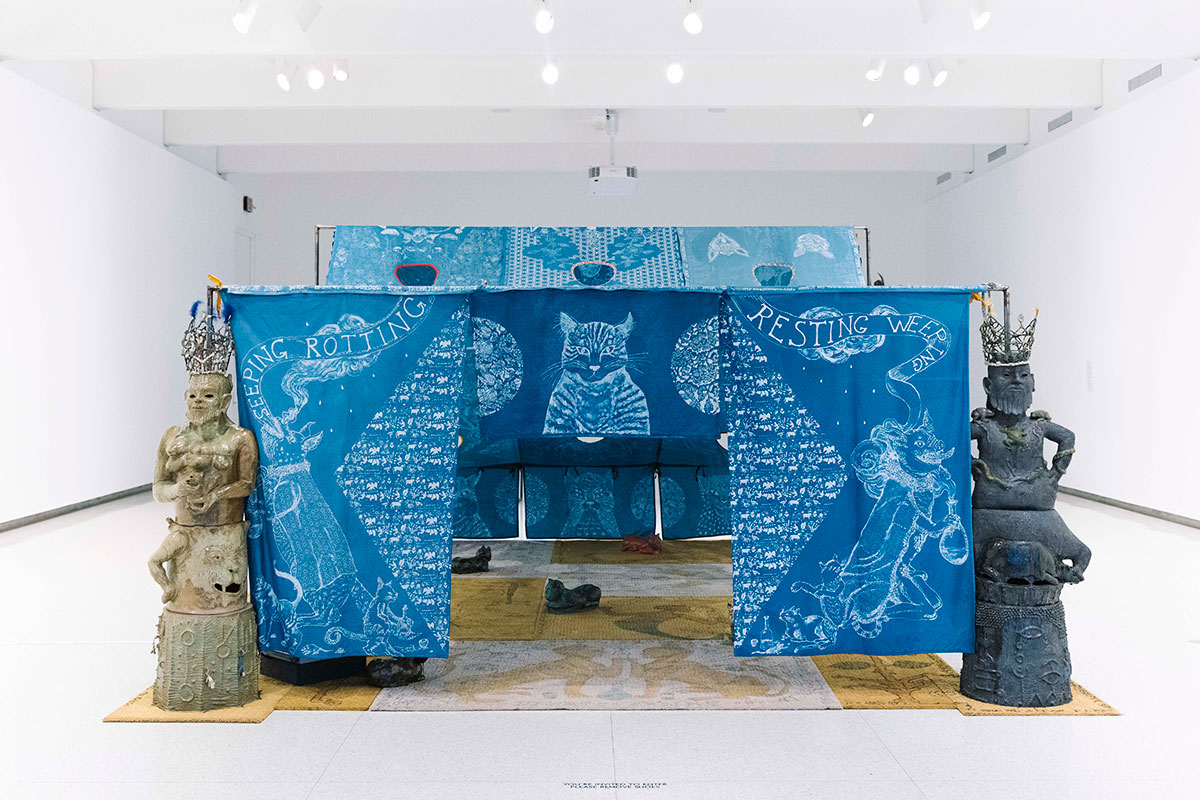
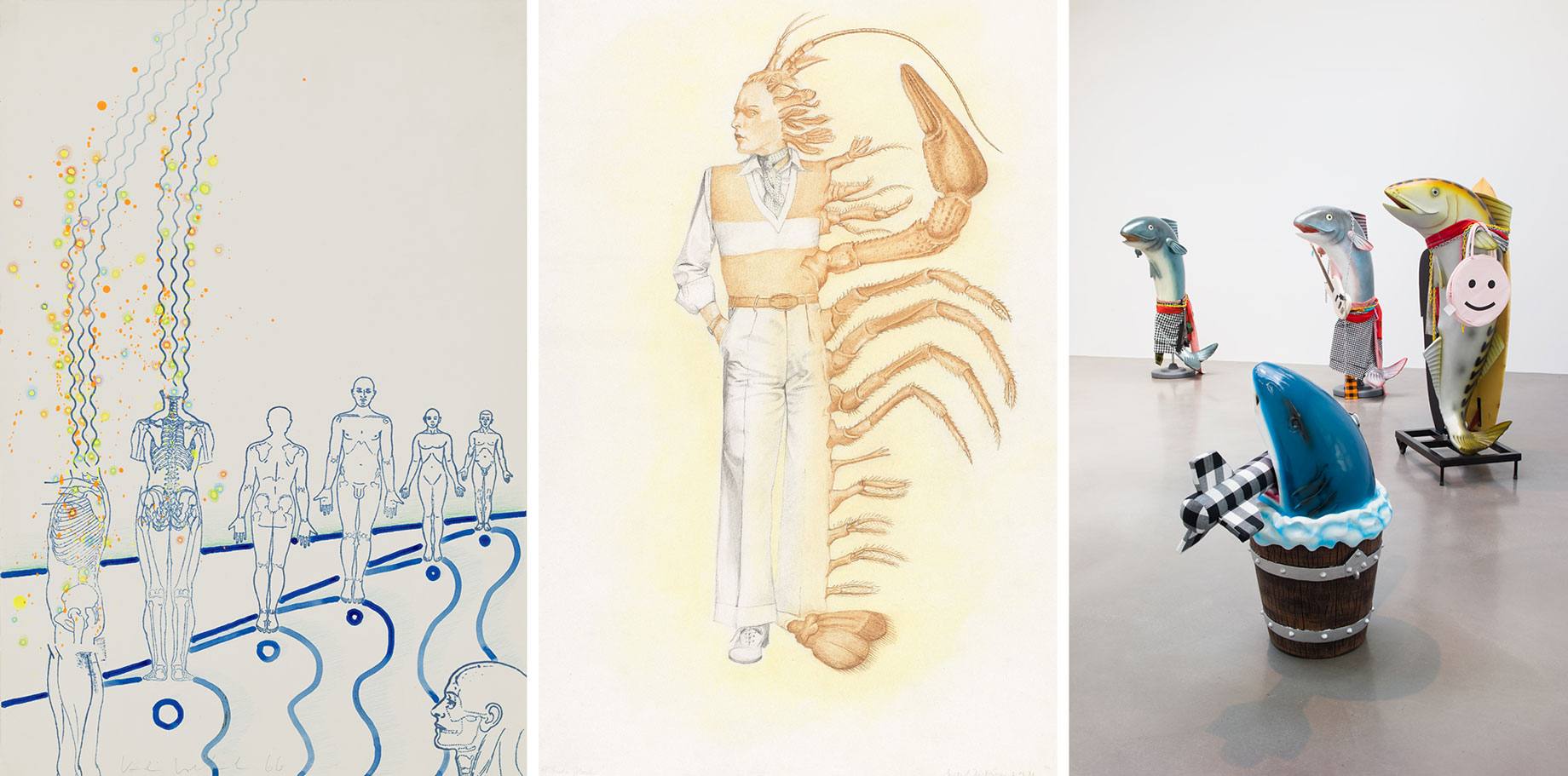
Center: Birgit Jürgenssen, Missing Limbs, 1974. Photo Pixelstorm. VERBUND COLLECTION, Vienna. Courtesy The Estate Birgit Jürgenssen, Vienna
Right: Cosima von Bonin, installation view of WHAT IF IT BARKS? Featuring AUTHORITY PUREE, Petzel Gallery, 2018. Photo Jason Mandella. Courtesy the Artist; Petzel, New York
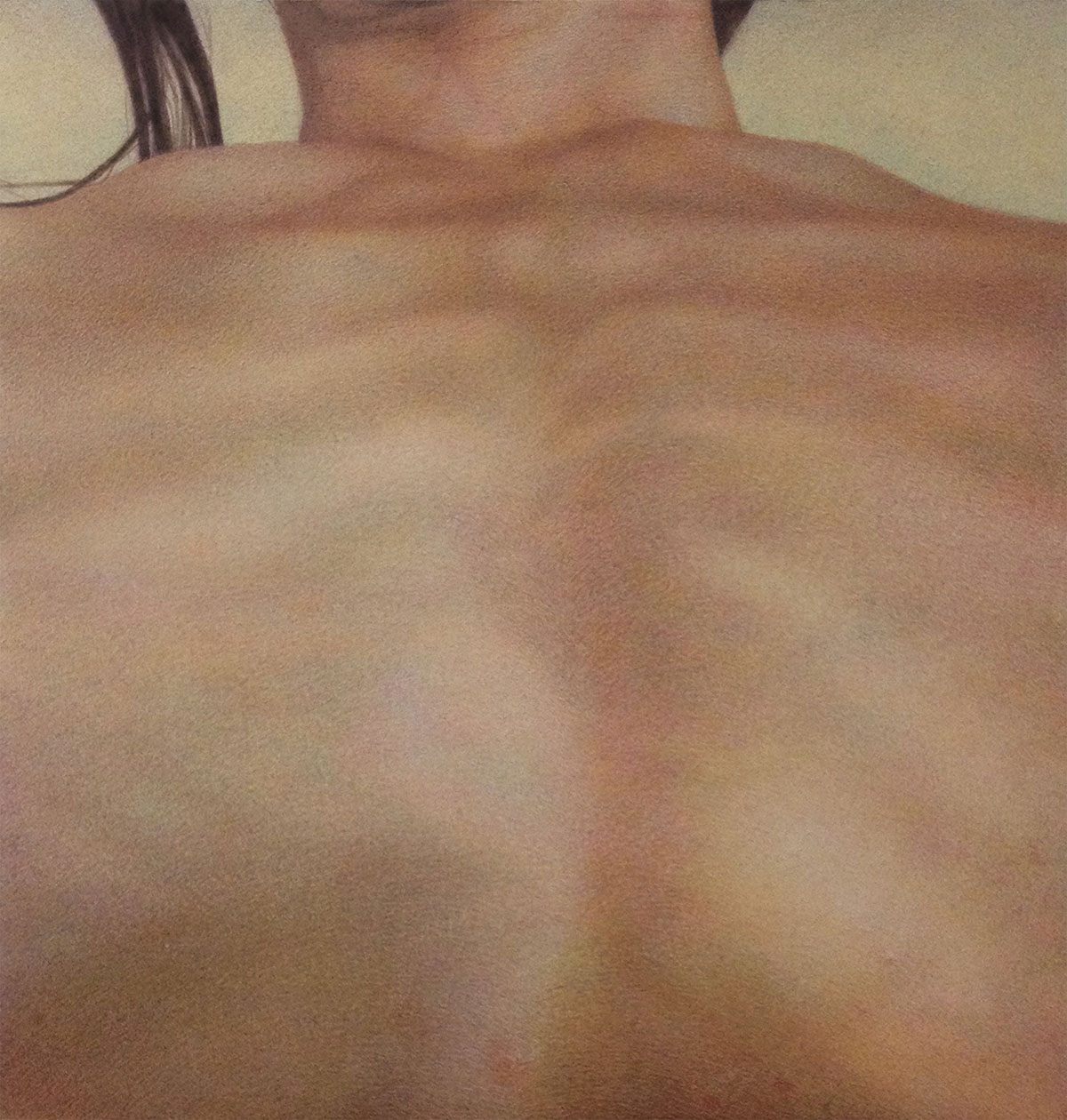
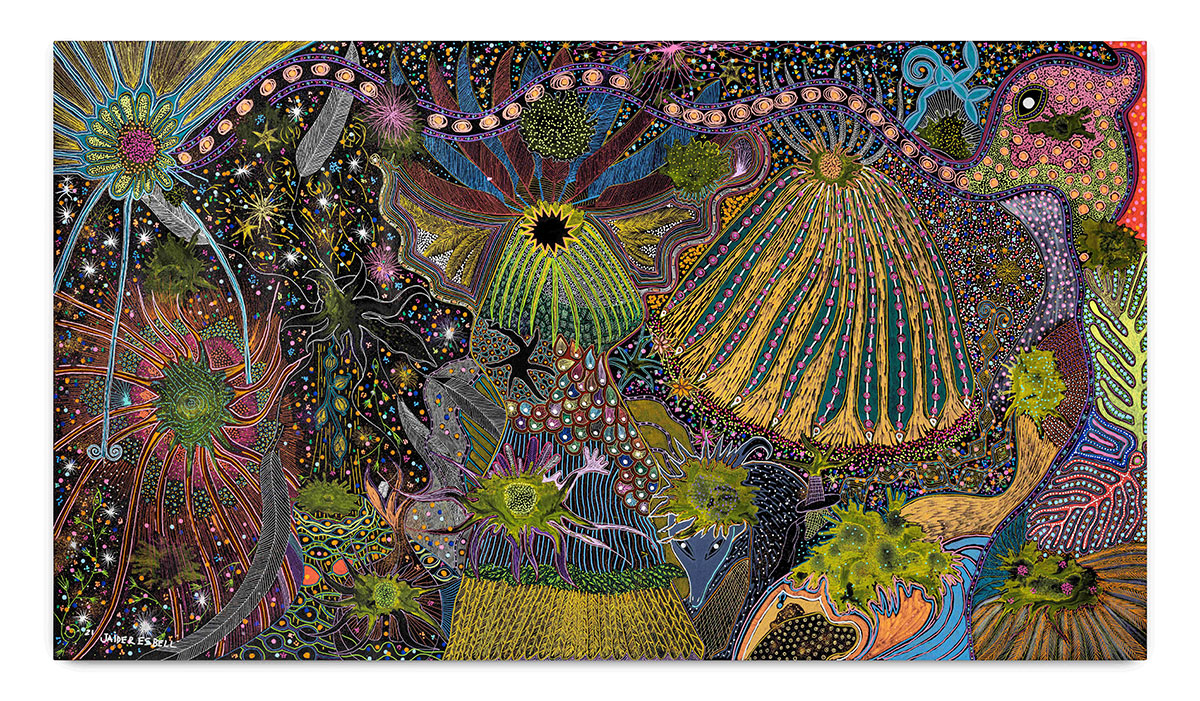

Center: Gabriel Chaile, Mamá luchona, 2021. Exhibition View, 2021 Triennial: Soft Water Hard Stone,” October 28, 2021 – January 23, 2022. New Museum, New York. Photo Dario Lasagni. Courtesy the Artist; Barro, Buenos Aires
Right: Zhenya Machneva, Echo, 2021. Photo Iona Didishvili. Courtesy the Artist. © Zhenya Machneva
